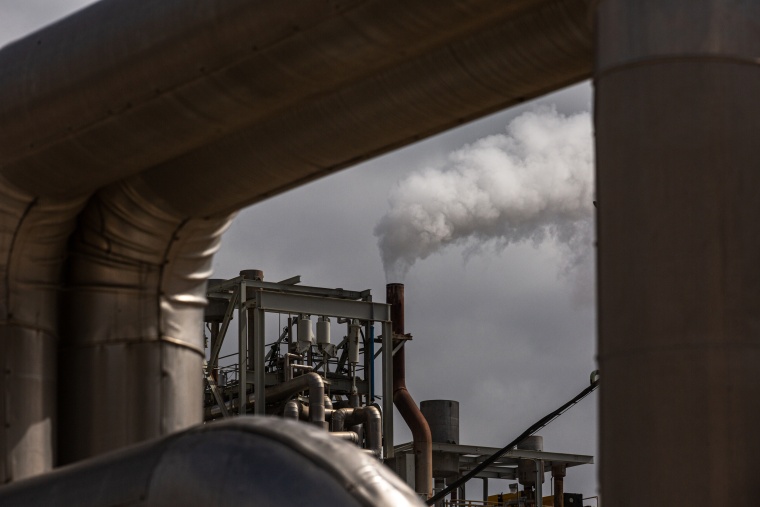This article was published in partnership with The Texas Tribune, a nonprofit, nonpartisan local newsroom that informs and engages with Texans. Sign up for The Brief Weekly to get up to speed on essential coverage of Texas issues.
MIDLOTHIAN, Texas — After last winter’s freeze hamstrung the flow of electricity to millions of customers from one big Texas utility, the company’s CEO, Curt Morgan, said he’d never seen anything like it in his 40 years in the energy industry.
During the peak days of the storm, Morgan’s company, Vistra Corp., Texas’ largest power generator, sent as much energy as it could to power the state’s failing grid, “often at the expense of making money,” he told legislators shortly after the storm.
But it wasn’t enough. The state’s grid neared complete collapse, millions of customers lost power for days in subfreezing temperatures, and more than 200 people died.
Since the storm, Texas legislators have passed measures to make the grid more resilient during freezing weather. Signing the bill, Gov. Greg Abbott said, “Everything that needed to be done was done to fix the power grid.”
But Morgan isn’t so sure. His company has spent $50 million this year preparing more than a dozen of its plants for winter. At the company’s plant in Midlothian, southwest of Dallas, workers have wrapped electric cables with 3 inches of rubber insulation and built enclosures to help shield valves, pumps and metal pipes.
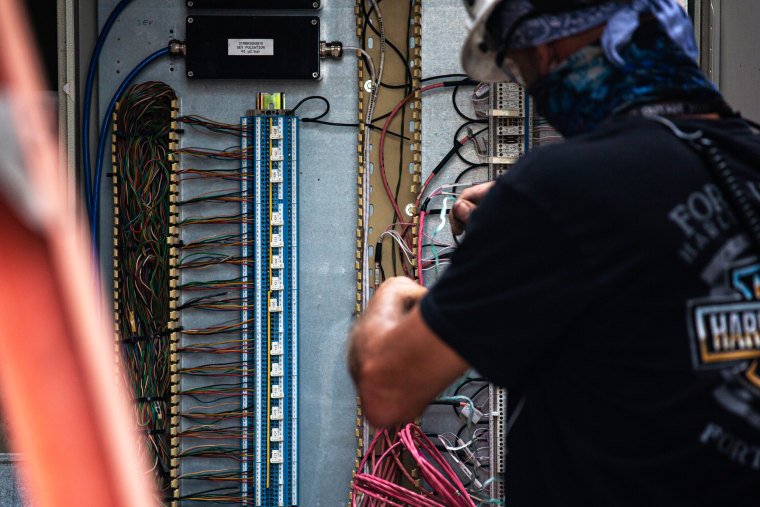
No matter what Morgan does, however, it won’t be enough to prevent another disaster if there is another severe freeze, he said.
That’s because the state still hasn’t fixed the critical problem that paralyzed his plants: maintaining a sufficient supply of natural gas, Morgan said.
Natural gas slowed to a trickle during the storm, leaving the Midlothian facility and 13 other Vistra power plants that run on gas without enough fuel. The shortage forced Vistra to pay more than $1.5 billion on the spot market for whatever gas was available, costing it in a matter of days more than twice what it usually spends in an entire year. Even then, plants were able to operate at only a small fraction of their capacities; the Midlothian facility ran at 30 percent during the height of the storm.
“Why couldn’t we get it?” Morgan asked recently. “Because the gas system was not weatherized. And so we had natural gas producers that weren’t producing.”
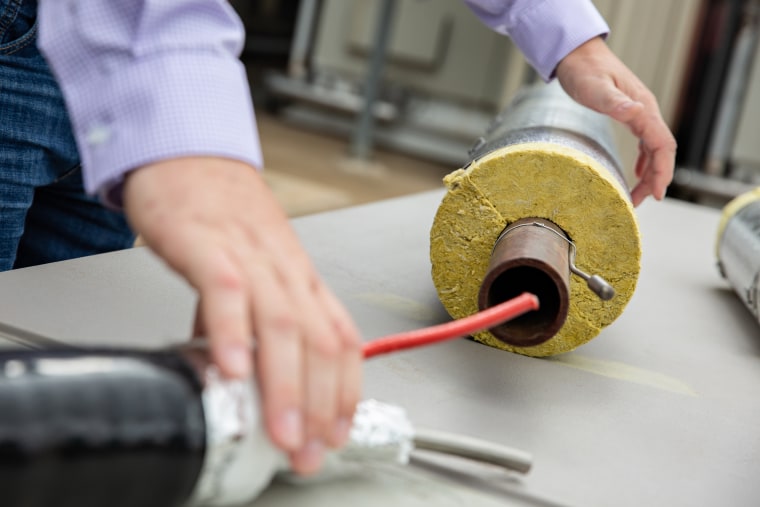
If another major freeze hits Texas this winter, “the same thing could happen,” Morgan said in an interview.
The predicament in Midlothian reflects a glaring shortcoming in Texas’ efforts to prevent a repeat of February, when a combination of freezing temperatures across the state and skyrocketing demand shut down natural gas facilities and power plants, which rely on one another to keep electricity flowing. The cycle of failures sent economic ripples across the country that cost hundreds of billions of dollars.
The power and gas industries say they are working to make their systems more reliable during winter storms, and the Public Utility Commission, the state agency that regulates the power industry, finally acted on recommendations that federal regulators made a decade ago after another severe winter storm.
But energy experts say Texas’ grid remains vulnerable, largely because new regulations allowed too much wiggle room for companies to avoid weatherization improvements that can take months or years. More than nine months after February’s storm — which could exceed Hurricane Harvey as the costliest natural disaster in state history — a lack of data from regulators and industry groups makes it impossible to know how many power and gas facilities are properly weatherized.
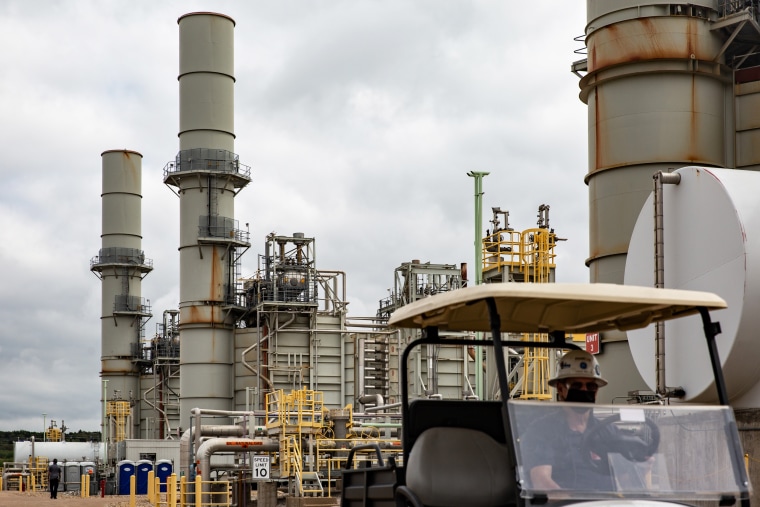
For millions of Texans, that means there is no assurance that they will have electricity and heat if there is another major freeze.
“If we see a recurrence of the storm we saw last year, people should probably be worried,” said Adrian Shelley, the director of the Texas office of Public Citizen, a nonprofit consumer advocacy group.
The stakes are high, and not just for Texas, the country’s top energy-producing state. Its winter preparedness, which affects customers as far away as California and Minnesota, is a test of the U.S.’s ability to deal with climate change, which is making weather more extreme, more unpredictable and deadlier.
“Extreme weather events, such as the one in February 2021, are unfortunately becoming more commonplace and the electricity ecosystem needs to come together to plan for and prepare to operate under more extreme, longer duration, and wide area weather events,” Jim Robb, the president and CEO of North American Electric Reliability Corp., said in a statement.
Robb’s nonprofit organization, which helps set reliability standards for the power industry, published a joint report with the Federal Energy Regulatory Commission this month that detailed the failures of both the power and the natural gas industries to protect against February’s storm, despite recommendations by federal agencies after a similar disaster in 2011. That storm caused rolling blackouts across much of the state over three days — but no deaths — as then-Gov. Rick Perry asked Texans to conserve electricity.
Although the natural gas industry has blamed electricity generators for the February blackouts — claiming gas slowed only after power was cut to their facilities — the report said freezing temperatures were the main cause of a sharp decline in natural gas in Texas and neighboring states in the early days of the storm that triggered a cascade of outages.
‘It’s a regulatory problem’
But federal regulators have little say in how the Texas grid operates.
The main Texas grid is an island, not connected to the country’s two major power grids. That is by design, the result of state leaders’ actions decades ago to avoid federal regulation and encourage free-market competition. Multiple state agencies, as well as a nonprofit organization, the Electric Reliability Council of Texas, or ERCOT, govern the grid’s operations, writing rules based on laws passed by state legislators.
The legislators responded to February’s disaster by passing measures to improve the power system’s preparedness for winter. They established weatherization mandates but left it to state regulators to implement them.
The Public Utility Commission followed with a rule enacting the weatherization requirements. But the rule allows power plants to request exceptions if they document their efforts to comply, explain why they couldn’t and submit plans to do so later.
The Texas Railroad Commission, which regulates the natural gas industry, is working more slowly. A proposal published in September and expected to be finalized Wednesday lays out a timeline that would identify, map and impose weatherization mandates for gas producers that supply power plants by early 2023. It also seeks to prevent a repeat of a major paperwork error that resulted in dozens of natural gas providers’ having their power cut off during February’s rolling blackouts because they failed to declare themselves “critical infrastructure.”
But the proposed rule, which the Railroad Commission said was written to reflect the language in the new state law, would allow gas companies to opt out of that classification and avoid having to weatherize their equipment. That infuriated many legislators, even though they’d voted for the law that allowed it after lobbying by the natural gas industry.

The result is that Texas has done “next to nothing” to weatherize its natural gas supply, said Doug Lewin, an Austin-based energy consultant.
“We don’t have a regulatory system in place that holds the industry accountable. That is the problem,” Lewin said. “It’s not a technology or engineering problem. It’s a regulatory problem.”
Natural gas fuels a majority of power generation in Texas, especially in the winter. At one point during February’s storm, more than half of the state’s natural gas supply was shut down because of power outages, frozen equipment and weather conditions, ERCOT said, adding that at least 20 percent of all of the outages the week of the storm were due to power plants’ not getting enough gas.
The natural gas industry, which has been among the most politically powerful in Texas for generations, has donated generously to the campaigns of governors, legislators and Railroad Commission members. That contributes to a culture in which gas companies have escaped strict weatherization mandates, energy experts and consumer advocates say.
The Texas Oil and Gas Association, one of the most prominent energy lobbyist groups in Texas, defended the gas industry’s image in a public relations campaign after the storm. It also has had a heavy hand in deciding who sits on an informal advisory council that legislators codified after the storm to ensure that energy and electricity operations continue during extreme weather.
Industry group: Natural gas system will be prepared for winter
Todd Staples, the president of the Texas Oil and Gas Association, said gas companies already weatherize to varying degrees and “are working with a sense of urgency.”
The best way to avoid a repeat of February is for power companies to get access to more stored gas ahead of a storm, he said in an interview.
Staples said more than 1,000 facilities — out of more than 250,000 statewide — have filled out paperwork to be added to the list of “critical” facilities that won’t have their power cut off. That’s up from just 60 before the storm, Staples said.
The number will continue to rise after the Railroad Commission enacts its weatherization rule, Staples said. Because not all gas facilities immediately need emergency power during storms, Staples said, the Railroad Commission should set up a system to prioritize which get power before others.
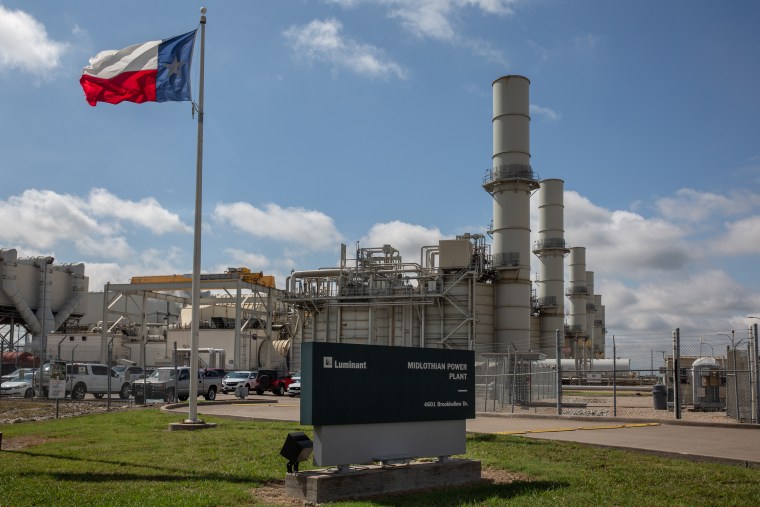
He said the industry would be prepared for winter, including having more gas in storage. “If the power is kept on, natural gas will continue at a reasonable level,” Staples said
Oncor, Texas’ largest electricity transmission and distribution company, which delivers power to 3.8 million homes and businesses, said that since the February storm it has received 1,061 forms from gas companies declaring their infrastructure as critical, a sign that they are likely to be weatherized and prepared to operate during a grid emergency. AEP Texas and CenterPoint Energy, which together service more than 3.6 million Texas households and businesses, said they have received 278 more forms from gas companies registering their facilities as critical.
Several of Texas’ largest natural gas producers, including XTO Energy and Apache Corp., didn’t respond to calls or emails seeking comment on their weatherization efforts. Representatives of BP and Devon Energy declined to comment.
And the Railroad Commission said it didn’t know how many natural gas companies are actually prepared for winter. An agency spokesperson said ERCOT would have the information. An ERCOT spokesperson declined to comment.
As the Railroad Commission works on its weatherization rule, electricity companies — including Oncor, AEP Texas, CenterPoint and Texas-New Mexico Power Co. — have already begun criticizing the proposal. The companies filed a comment with the commission arguing that the proposed rule was too vague and that it “does not provide information electric utilities will need in order to efficiently and effectively incorporate natural gas facilities into their respective” emergency plans.
Virginia Palacios, the executive director of Commission Shift, an organization that researches the Railroad Commission’s ties to the oil and gas industry, said the long process of creating weatherization rules has prevented Texas from preparing for this winter.
“We are not going to have any assurances that operators are weatherizing for this winter,” she said. “And probably not for the next one.”
